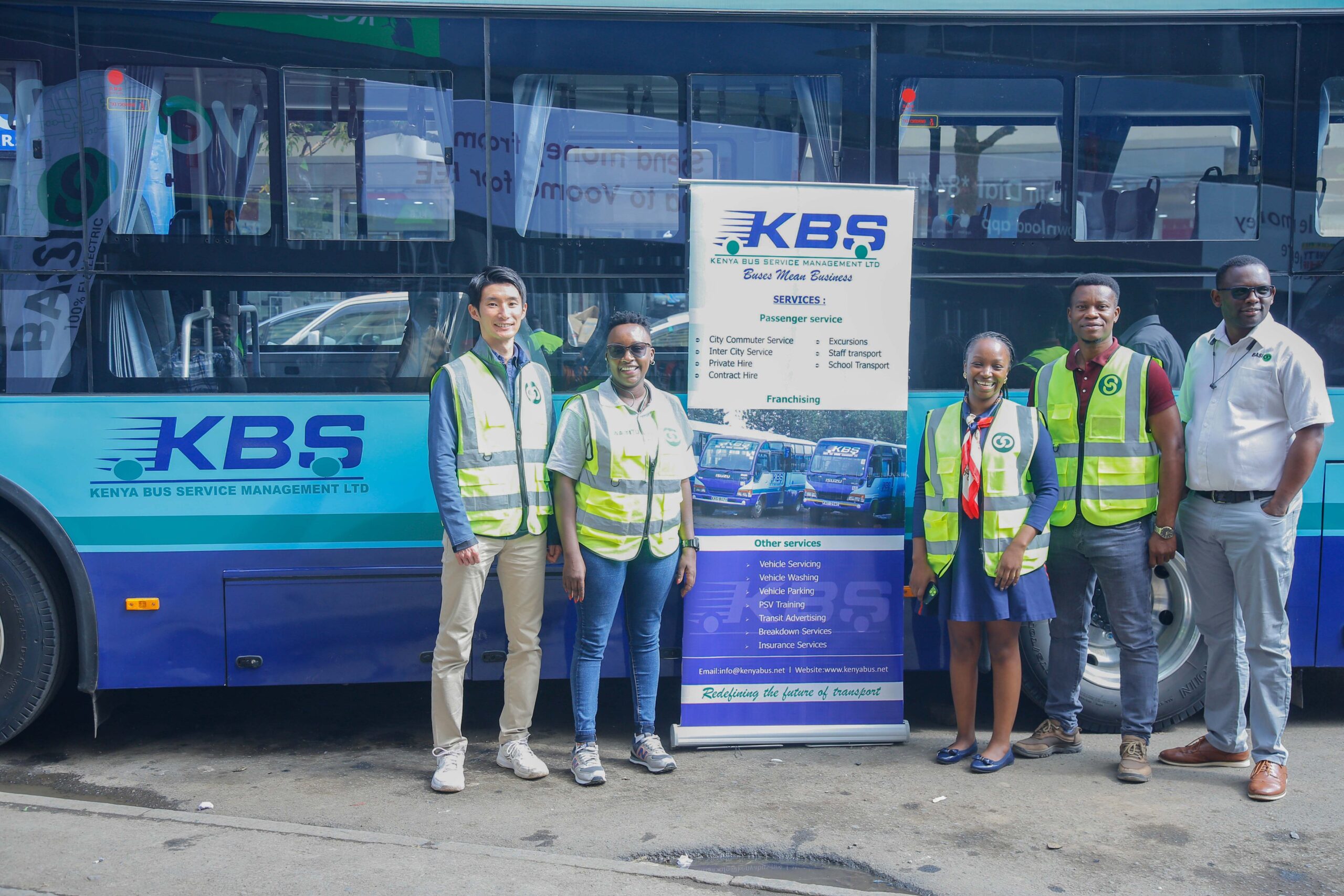
The Korea Institute of Science and Technology (KIST) President Seok-Jin Yoon announced that a collaborative research team led by Dr. Minah Lee of the Energy Storage Research Center, Professor Dong-Hwa Seo of the Korea Advanced Institute of Science and Technology (KAIST), and Drs. Yong-Jin Kim and Jayeon Baek of the Korea Institute of Industrial Technology (KITECH) has developed a nonflammable electrolyte that does not catch fire at room temperature by tailoring the molecular structure of linear organic carbonate to prevent fire and thermal runaway in lithium-ion batteries.
As the use of medium and large-scale lithium-ion batteries in electric vehicles and energy storage systems (ESS) expands, concerns about fires and explosions are growing. Fires in batteries occur when batteries are short-circuited due to external impacts, abuse or aging, and the thermal runaway phenomenon accompanied by a serial exothermic reactions makes it difficult to extinguish the fire and poses a high risk of personal injury. In particular, the linear organic carbonate used in commercial electrolytes for lithium-ion batteries has a low flash point and easily catches fire even at room temperature, which is a direct cause of ignition.
Until now, in order to reduce the flammability of the electrolyte, Intensive fluorination in the solvent molecules or highly concentrated salts has been widely adopted. As a result, the lithium-ion transport in the electrolyte was reduced or those were incompatible with commercial electrodes, limiting their commercialization.

(Left) Electrolyte of a commercial lithium-ion battery (DEC) and a new electrolyte (BMEC) developed by a joint research team from KIST, KITECH, and KAIST (right).
By simultaneously applying alkyl chain extension and alkoxy substitution to the diethyl carbonate(DEC) molecule, a typical linear organic carbonate used in commercial lithium-ion battery electrolytes, the researchers developed a new electrolyte, bis(2-methoxyethyl) carbonate(BMEC), with enhanced flash point and ionic conductivity by increasing intermolecular interactions and the solvation ability. The BMEC solution has a flash point of 121°C, which is 90°C higher than that of the conventional DEC solution, and thus is not ignitable in the temperature range for conventional battery operation. BMEC can dissociate lithium salt stronger than its simple alkylated counterpart, dibutyl carbonate(DBC), solving the problem of slower lithium ion transport when reducing flammability by increasing intermolecular interaction. As a result, it retains more than 92% of the original rate capability of the conventional electrolyte while significantly reducing the fire hazards.
In addition, the new electrolyte alleviated 37% of combustible gas evolution and 62% of heat generation than those of the conventional electrolyte. The research team demonstrated the stable operation of 1Ah lithium-ion batteries over 500 cycles by combining the new electrolyte with a high nickel cathode and a graphite anode. They also conducted a nail-penetration test on a 70% charged 4Ah-level Li-ion battery and confirmed the suppressed thermal runaway.
Dr. Minah Lee of the KIST stated, “The results of this research provide a new direction for designing nonflammable electrolytes, which has been inevitably sacrificed the electrochemical property or economic feasibility.” “The developed nonflammable electrolyte has cost competitiveness and excellent compatibility with high-energy density electrode materials, so it is expected to be applied to the conventional battery manufacturing infrastructure. Ultimately, it will accelerate the emergence of high-performance batteries with excellent thermal stability.”
Dr. Jayeon Baek of KITECH stated, “The BMEC solution developed in this research can be synthesized by transesterification using low-cost catalysts and easily scaled up. In the future, we will develop the synthesis method using C1 gas (CO or CO2) to enhance its eco-friendliness further.”
By Korean Institute of Science & Technology — KIST was established in 1966 as the first government-funded research institute in Korea. KIST now strives to solve national and social challenges and secure growth engines through leading and innovative research. For more information, please visit KIST’s website at https://eng.kist.re.kr/
This research was supported by the the National Research Council of Science & Technology and the Mid-Career Research Progam of the National Research Foundation of Korea grant by the Korea government Ministry of Science and ICT(Minister Jong-Ho Lee). The research result was published in the latest issue of Energy & Environmental Science (IF 32.5, JCR top 0.4%), an international journal in the field of energy and environmental science.
News release via Newswise
I don’t like paywalls. You don’t like paywalls. Who likes paywalls? Here at CleanTechnica, we implemented a limited paywall for a while, but it always felt wrong — and it was always tough to decide what we should put behind there. In theory, your most exclusive and best content goes behind a paywall. But then fewer people read it! We just don’t like paywalls, and so we’ve decided to ditch ours. Unfortunately, the media business is still a tough, cut-throat business with tiny margins. It’s a never-ending Olympic challenge to stay above water or even perhaps — gasp — grow. So …






